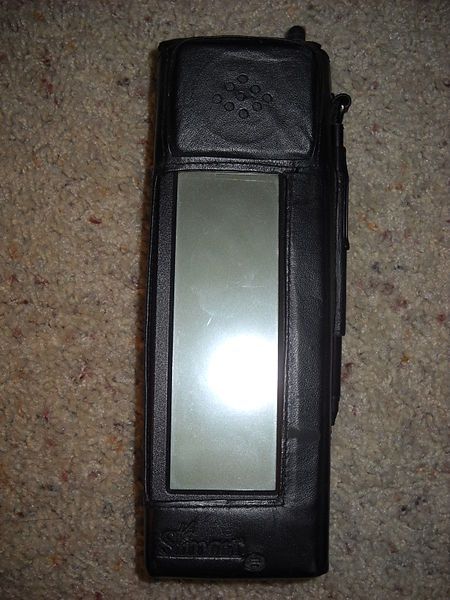We could define smartphones as devices that integrate the features of mobile phones and personal assistants or PDAs into one device. However, its origins go back to 1992, when IBM Simon was presented at COMDEX. Simon offered – for $899 – a touchscreen interface without physical keys, with text, calendar, pager and fax functions and many of the functions we use every day today. Commercialized by BellSouth, it was the first smartphone in history.
I’m sure the vast majority of Optocrypto readers have a smartphone. These smartphones are no longer a rarity, but a device that is accessible to virtually everyone. Generally subsidized by the mobile operators who offer them at a lower price than can be found in shops in exchange for a subscription for several months, they have become very popular. Operating systems such as Windows Mobile or Android enable intuitive operation of their many functions thanks to their user interface, which is reminiscent of the “old-fashioned” computers. But although it has only recently become widespread, it dates back to 1992.
It wasn’t exactly a small device
In fact, the smartphone will soon be 20 years old, as the first prototype was presented to the public at COMDEX 1992 in Las Vegas. It is the IBM Simon, a revolutionary mobile phone (until then), designed and built by a joint venture between the International Business Machines Corporation and BellSouth. Simon was the first to use a touchscreen-based interface that allowed access to all its functions without having to press a physical key.
Unlike other touch products of that time, such as the Apple Newton, the IBM and BellSouth phones did not have to be operated with a pen: Simply touching the screen with your fingers would allow the device to recognize the selected commands. The final version of IBM Simon was officially launched in 1993 and the first users started using it in 1994. It was sold for $899 and could operate in approximately 190 cities in 15 different states of the United States.
IBM Simon in the leather case
Like the most modern devices, the software in its 2MB ROM combines the functions we normally find in a telephone (call management, contact directory, redial, etc.) with those we expect in a “Personal Organizer” (PDA, via Personal Digital Assistant), in a pager and in a FAX device. Although there was no physical keyboard, the user could dial phone numbers using a keyboard that drew the device on the screen and enters contact names and general text using a full QWERTY keyboard. A predictive text function helped the user type faster.
As usual, at that time, Simon had a PCMCIA slot into which a memory card could be inserted to expand the contained MB RAM. While its technical features leave it far behind any modern smartphone, its operating system was efficient enough to work smoothly and efficiently. Twenty years later, some of their descendants, who have a thousand times more resources, cannot boast about it.
